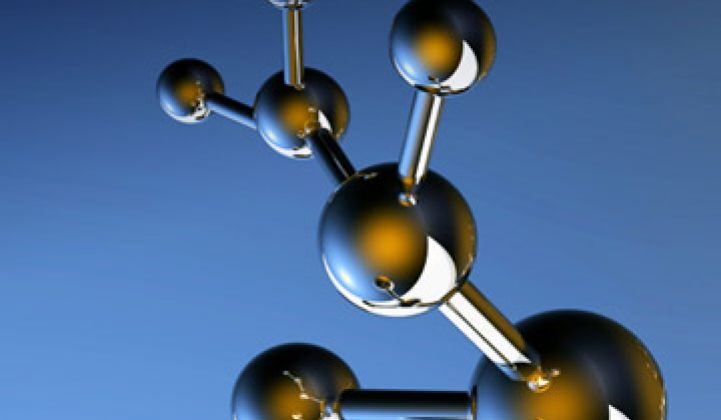If General Fusion can fulfill its goal of generating power from nuclear fusion, it could mean scientific immortality for the small Canadian company.
The company is working on a reactor that will, ideally, fuse two different isotopes (deuterium and tritium) of hydrogen into a helium molecule that will also release neutrons tremendous amounts of heat. The heat in turn can be exploited to produce steam for an electrical turbine.
A power plant based on the technology might cost $1.50 to $2 per watt to build, according to Michael Brown, a partner at Chrysalix Ventures, the lead investor in General. That translates to around 5 cents a kilowatt-hour for fusion power, or less than coal, natural gas or any other form of electricity in the world.
“This is basically a heat engine,” Brown said. “Deuterium is cheap. Lithium is cheap. The fuel costs of any reactor would be 1/1000th of a penny per kilowatt.”
But don’t get the wrong idea: Brown isn't a misty-eyed dreamer. Like nearly everyone else who has studied fusion, he understands the monumental task ahead. General will inject a hydrogen plasma heated to one million degrees into a steel sphere three meters across with half-meter-thick walls filled with a spinning mass of liquid lithium and lead.
Two hundred pistons surrounding the chamber then begin to beat a precise rhythm: accuracy needs to be within 10 millionths of a second. The pistons create a shock wave that forces the metal to the center, causes the spinning vortex to collapse and in general lets the magic of thermonuclear reactions take place.
Simple.
“The whole thing was dreamed up in 1975," he said, but the controls to coordinate such a feat couldn’t even be found on Star Trek back then.
However, if a technical shortcut the company has been developing works out as planned, General thinks it can demonstrate the technical feasibility of the concept sometime toward the end of 2012. A prototype reactor could potentially be ready by 2018 with commercial reactors coming on-line in 2023. Amazon's Jeff Bezos is an investor too.
Lawrence Livermore Lab and Tri-Alpha have fusion projects underway, as well. The formidable challenges involved in the undertaking have naturally made many skeptical. Both Ernie Moniz, director of the Energy Project at MIT, and Admiral Frank Bowman, who now runs the Nuclear Energy Institute, remain wary of fusion.
Does scientific glory await in the relatively near future? Or will scientists still be toiling in the lab?
What do you think?
Read more on this topic in a joint effort by General Electric Ecomagination and Greentech Media, and join in on the conversation here.



